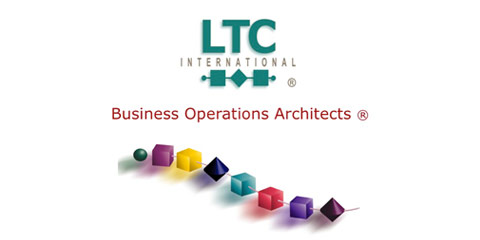
article
page | 1 | 2 | 3 |
should approach integration, specifically, how to leverage the SID as a core facilitator of integration projects. We see the how an architect can use the common information model, in conjunction with eTOM and TAM frameworks, to:
- Establish scope
- Identify areas in the SID which cover the business problem at hand
- Use the SID definition to analyze and describe ideal interfaces
- Map these into an interface specification technology
Those familiar with the OmniPoint approach to TMN CMIP, will recognize this as a “profiling” exercise. A developer will harmonize with the successive decomposition from the abstract model to the code. The reader is walked through the foundation ABEs that will appear in most every integration project. This is critically important because these represent the common, “power” abstractions that are present in the SID but are unlikely to have direct representation in the semantics of any physical or logical interface deployed before the SID. Next, the authors stress analyzing the resulting interfaces to extract opportunities for common repeatable use, a goal which will resonate with SOA practitioners. What follows then are the process steps and methods used in mapping interfaces to and from the common model. We found this section immensely valuable.
|
|
The reader is walked through the foundation ABEs that will appear in most every integration project. This is critically important because these represent the common, “power” abstractions that are present in the SID but are unlikely to have direct representation in the semantics of any physical or logical interface deployed before the SID. |
|

Finally, the book explores four case studies that use some of the different techniques described in the book. The only sales pitch here is for NGOSS. These case studies teach the profiling methods and mapping techniques through concrete example. However, this is the weakest part of the book as only the most general approaches described above show up in these studies. Best of the lot is, not surprisingly, the description of the TMF Catalyst project that demonstrated the feasibility of data-mapping as an integration tool.
The Bottom Line
I classify this as “chapbook” deliberately and with honor. Throughout the history of publishing, chapbooks have made knowledge, usually drawn from other sources, accessible to the public through reproduction and commentary with the spice of a relevant twist added by the authors. Thomas Paine’s
|
|
|
|

To actually do data-centric integration, the architect and developer will use modern toolkits and target specific implementations. Both the approach and tools must be selected. To aid in this, the authors lay out clear requirements needed by data integration tools in order to perform the methods described above successfully. Managers who must evaluate proposals and decide among competitive modeling schools will resonate with this chapter. The authors look at ways of importing, modeling, and extending the SID as common model. Then they compare XSLT-based tools to UML-based data mapping tools. Although the SID supports both expressions, the authors clearly conclude in favor of the UML described models and automatic data mapping tools. Progress Software’s DataXtend product is used as the example of a data-mapping tool. One can excuse the prominent pitch for the sponsor, since the authors succeed in making their case. Even though the book recommends a UML-based approach, a w3C web services designer who plans to use XSLT will still find the techniques taught for SID-driven integration valuable.
|
|

chapbook “Common Sense” made the concept of a democratic revolution accessible to the colonial occupants of what would become the USA. “These too are times which try” the intellect and will of those of us trying to establish logical and cost effective OSS/BSS infrastructures. Today, a chapbook still refers to an accessible, inexpensive booklet. At 160 pages, this book is relatively brief (especially when you consider that the NGOSS specifications take up thousands of pages in dozens of documents). Application Integration Using the SID can be a quick read, and returned to time and again for reference. Following the recommendations in this book significantly lowers the cost of entry to NGOSS projects by providing a clear, data-driven approach to application and service integration. It will save you lots of time and currency.
article
page | 1 | 2 | 3 | |
|




